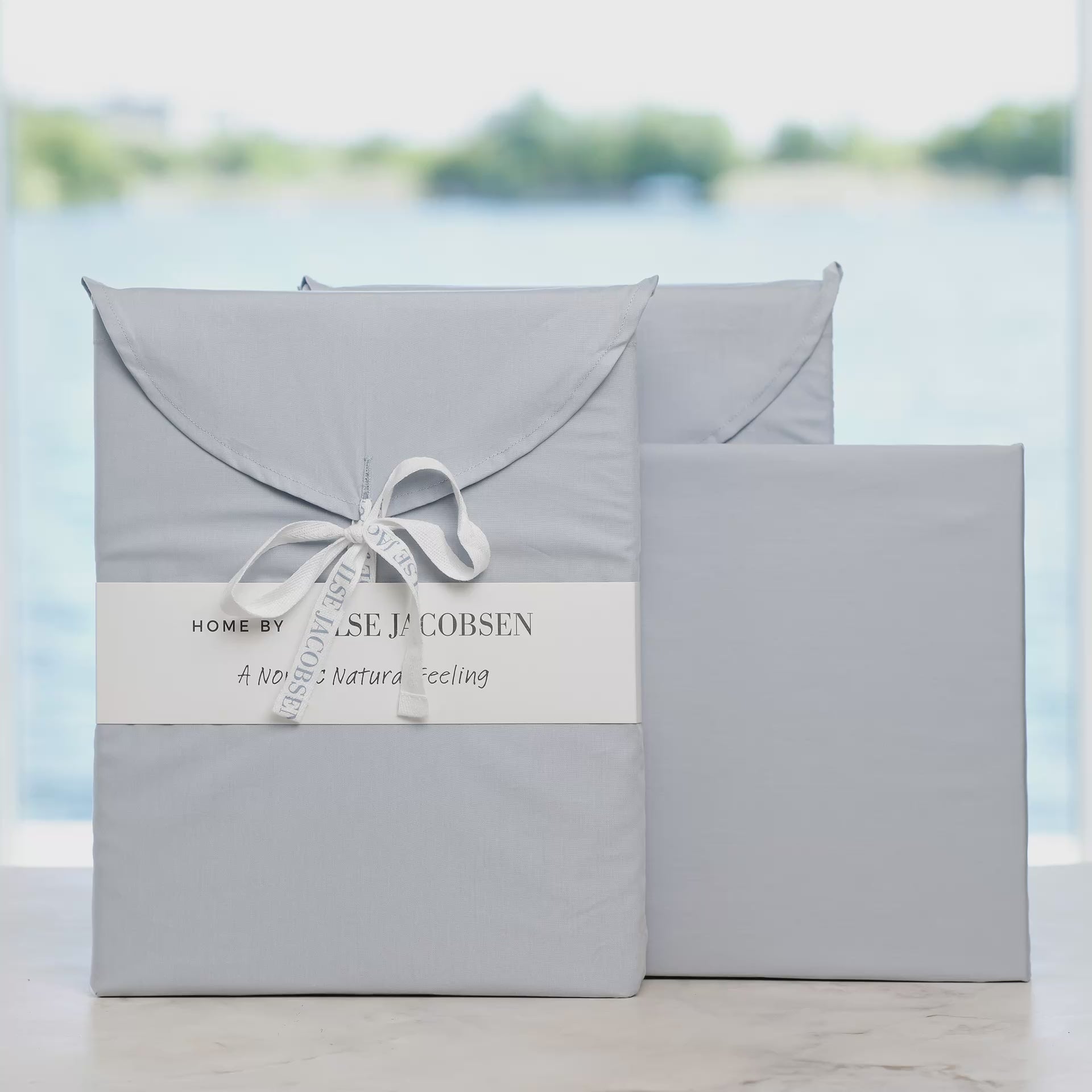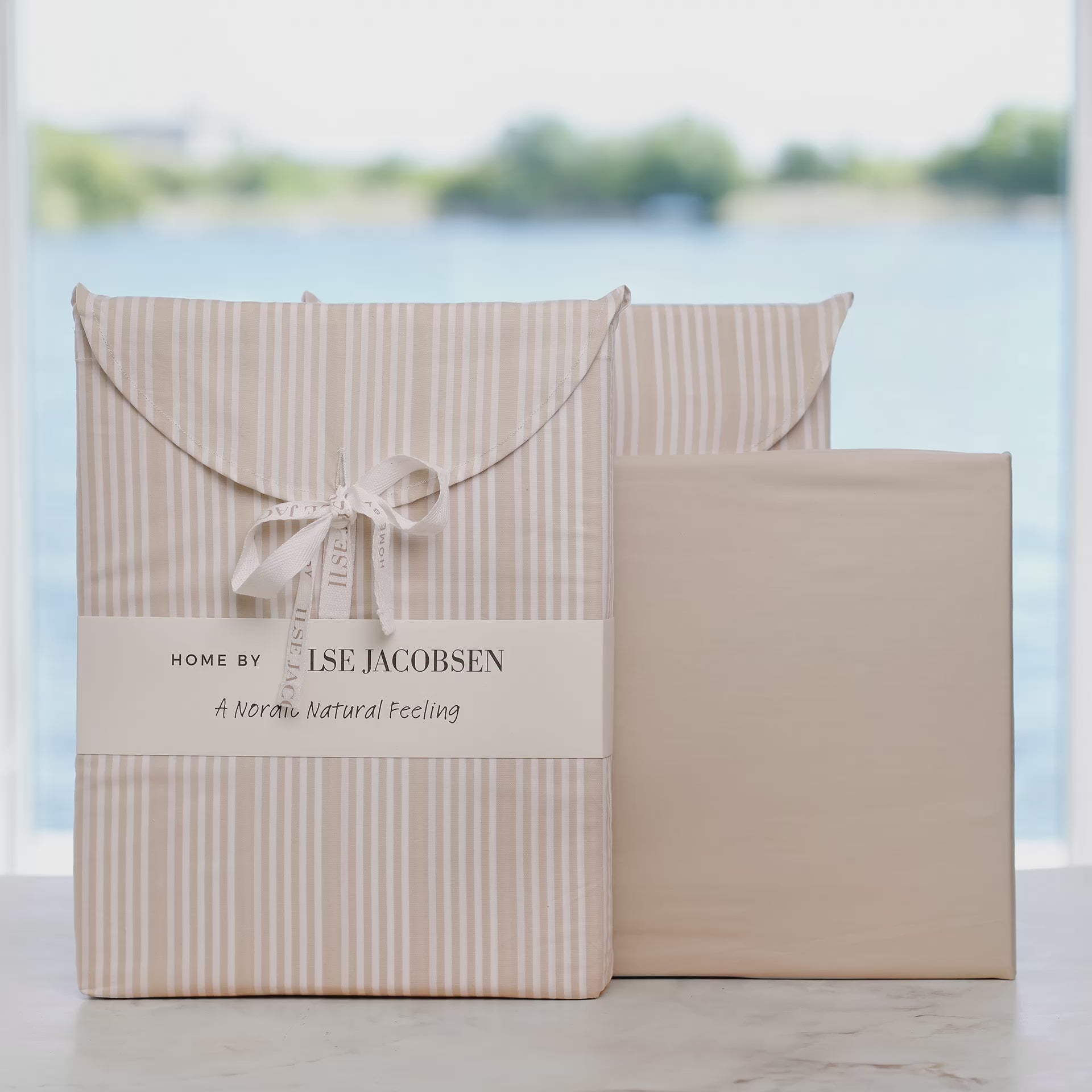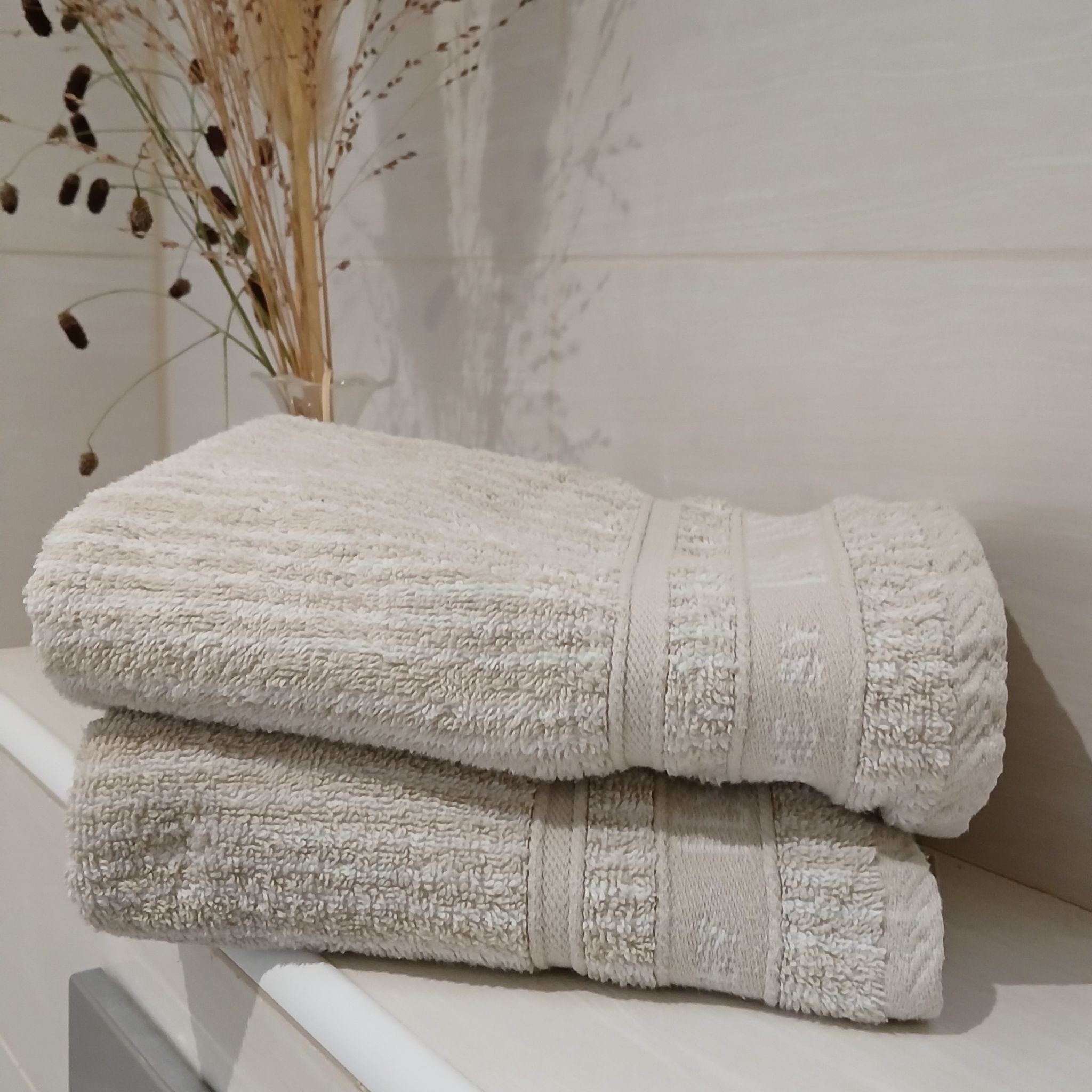Embracing Scandinavian Design – Nordic Home Textiles

Embracing Scandinavian Design
Scandinavian design, renowned for its simplicity, functionality, and connection to nature, has long been celebrated for creating serene and welcoming home environments. If you're looking to infuse your living space with the elegance and calm that Nordic countries are known for, focusing on Scandinavian home textiles is an excellent place to start. From minimalist patterns to high-quality materials, let's explore how you can incorporate Scandinavian design into your home through textiles.
What is Scandinavian Design?
Scandinavian design originated in the Nordic countries—Denmark, Norway, Sweden, Finland, and Iceland—in the early 20th century. It emphasizes clean lines, minimalism, and functionality without sacrificing beauty.
Key characteristics include:
- Simplicity: Less is more in Scandinavian design. Spaces are free from clutter, focusing on essential elements.
- Natural Elements: There is a strong connection to nature, with a preference for natural materials like wood, wool, and linen.
- Light and Airy: Scandinavian interiors are often bright and airy, maximizing natural light with neutral colour palettes.
- Functionality: Every item in a Scandinavian home has a purpose, blending form and function seamlessly.
Key Elements of Scandinavian Home Textiles
and practicality. Here are some key elements to look for:
-
Natural Materials
Scandinavian textiles often feature natural fibers like cotton, wool, and linen. These materials not only provide a cozy and comfortable feel but also add a touch of nature to your home. They are also materials that are breathable and therefore very practical. -
Neutral and Muted Colours
The colour palette in Scandinavian design is typically neutral, with whites, grays, and earth tones dominating. These colours help create a calm and inviting atmosphere. However, you can also find pops of muted blues, greens, and pastels, which add a subtle vibrancy without overwhelming the space. -
Minimalist Patterns
Patterns in Scandinavian textiles are often simple and geometric, such as stripes, checks, and grids. These designs add visual interest while maintaining the clean and uncluttered aesthetic that is central to Scandinavian design. - Functional Design
Functionality is key in Scandinavian textiles. Look for items that serve multiple purposes, like picnic blankets that can be used as bedspreads and towels that double as throws. This practical approach ensures that your home is both beautiful and functional.
Sustainability in Scandinavian Textiles
Scandinavian design is also closely linked with sustainability. Many Scandinavian textile brands focus on eco-friendly practices, using organic materials and sustainable production methods. When choosing textiles, look for certifications like OEKO-TEX, which ensure that the products are free from harmful chemicals and produced in an environmentally responsible manner.
How to Incorporate Scandinavian Textiles into Your Home
Bedroom
Bedding: Opt for cotton bedding in soft, neutral tones. Layering different textures, like a quilted bedspread with a linen duvet cover, can create a luxurious yet understated look.
Dining Room
Table Linens: Tablecloths and napkins in neutral colours are perfect for creating a simple yet elegant dining setting. Consider adding a subtle pattern for a touch of interest.
Bathroom
Towels: Display soft guest towels and nicely folded bath towels. Look for neutral colours or simple patterns to keep the look clean and minimalist.
Conclusion
Incorporating Scandinavian design into your home through textiles is a wonderful way to create a serene and stylish living space. By focusing on natural materials, neutral colours, and minimalist patterns, you can achieve the perfect balance of beauty and functionality that defines Scandinavian design.




















